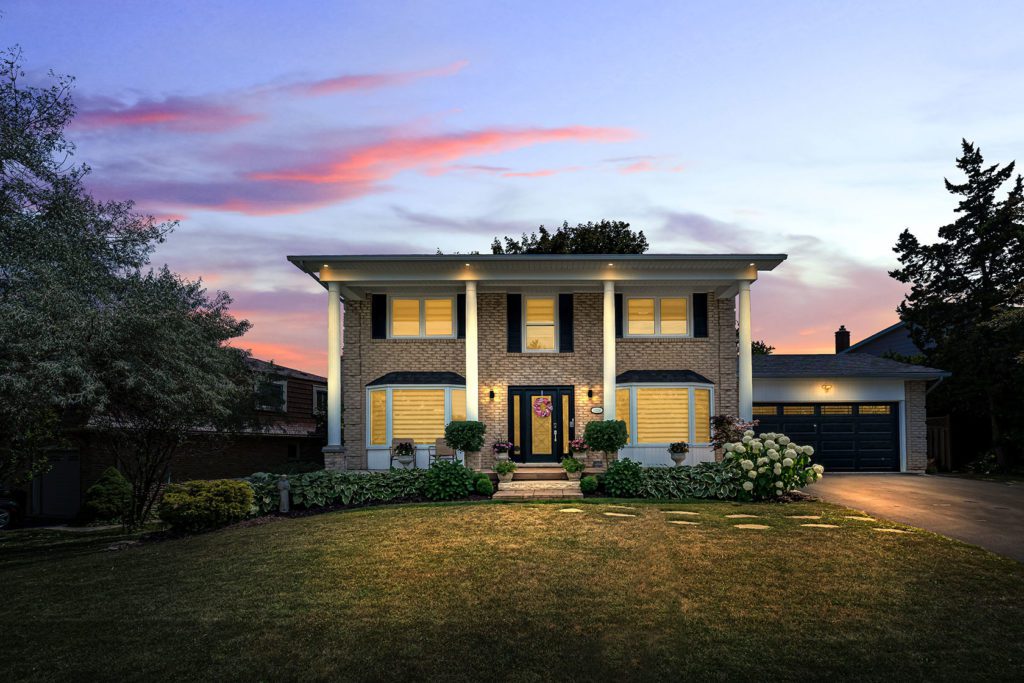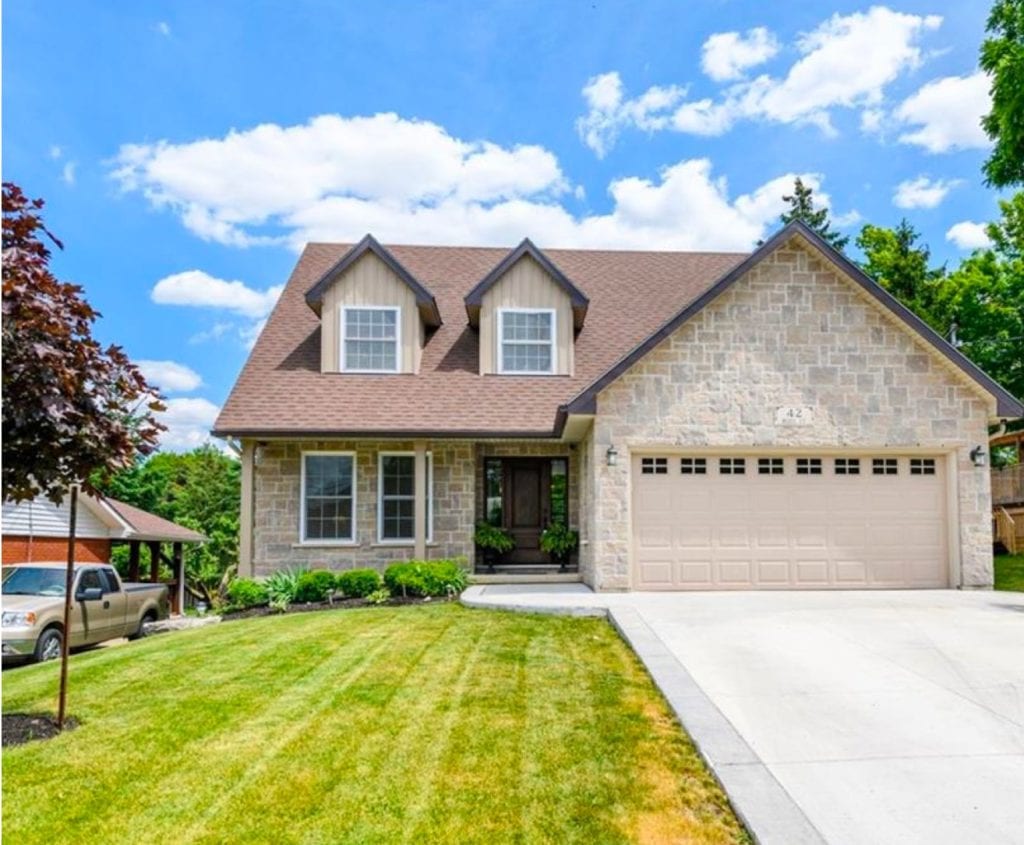
The Realtors® Association of Hamilton-Burlington (RAHB) is reporting easing sales across all property types and RAHB regions for the month of September. It was the lowest September sales month since 2010.
RAHB President Lou Piriano noted that rising interest rates both impacted housing affordability and somewhat lessened consumer confidence, resulting in lower sales. However, despite declining sales numbers, we have seen supply grow well past the record lows we saw last year.
The numbers show supply has returned to similar levels seen in September 2019. The hot seller’s market we have seen since the pandemic has begun to ease. Although we are not entirely in a buyer’s market, conditions continue to shift.
Brush up on your real estate terms and learn What is the Difference Between a Buyer’s Market and a Seller’s Market here.
Let’s take a closer look at what happened in the local real estate market last month:
Hamilton Market Activity
| Variable | 2022 | Difference |
|---|---|---|
| Sales Activity | 425 | -41.3 % |
| New Listings | 1,056 | 10.2% |
| Active Listings | 1,446 | 145.1% |
| Months of Inventory | 3.4 | 317.5% |
| Average Price | $782,611 | -2.7% |
| Median Price | $720,000 | -4.0% |
| Average Days on Market | 27.7 | 87.1% |
Burlington Market Activity
| Variable | 2022 | Difference |
|---|---|---|
| Sales Activity | 178 | -36.0% |
| New Listings | 407 | 28.4% |
| Active Listings | 476 | 219.5% |
| Months of Inventory | 2.67 | 398.9% |
| Average Price | $1,060,052 | -0.3% |
| Median Price | $967,500 | -1.3% |
| Average Days on Market | 23.4 | 108.2% |
Sales Activity
There were 425 reported residential sales in Hamilton last month, which was down 41.3% over September 2021. In Burlington, there were 178 residential sales reported, which was down 36% over last year.
Interested in seeing the most recent market report updates? Check out our Real Estate Market blog category here.
New Listings
New listings across the area were up over last year, which saw some of the lowest inventory on record. There were 1,056 new listings in Hamilton, up 10.2% over last year, and 407 new listings in Burlington, which was up 28.4% over 2021.
Active Listings
Active listings, or inventory as it is sometimes called, was up significantly in both Hamilton and Burlington. In Hamilton, inventory was up 145.1% year-over-year with 1,446 active listings. Burlington inventory was up 218.5% over last year with 476 active listings.
Months of Inventory
Months of inventory, also known as months of supply, was up 317.5% over last year in Hamilton at 3.40 months. Burlington months of supply was up 398.9% over 2021 with 2.67 months. This is shifting closer to buyer’s market numbers, which is typically anything above 3 months of inventory or supply.
Average Days on Market
With more inventory and fewer sales, we are seeing the average days on market (ADOM) increase. In Hamilton, the average days on market was 27.7, which is 87.1% higher than in September 2022. Burlington ADOM was up 108.2% or 23.4 days.
Average Prices
Month-over-month, prices continue to soften, however in Hamilton, prices are still up year-over-year by about 16.1%. The average price of a residential home in Hamilton is $912,056. In Burlington, prices are actually slightly down year-over-year by 0.3%. The average price of a residential home in Burlingotn is currently $1,060,052.
Are you thinking about buying a home in Hamilton this year? Check out our top Hamilton Housing Trends to Watch For here.
In the News
Statistics Canada is reporting a significant second-quarter gain in population of about 0.7%. This is the fastest population growth pace since the height of the baby boom in 1957. The main driver for this intense growth? Immigration. StatsCan is reporting that 95% of the population growth last quarter was a result of new Canadians coming to the country. Canada’s population grew to 38.9 million people in the second quarter, and the increase consisted of about 284,982 or roughly 3,100 people per day.
New census data shows that Canada’s homeownership rate dropped to 66.5% last year–the lowest it has been since the early 2000s. In 2001, homeownership reached a low of 65.8%. It steadily grew to its peak in 2011 with a rate of 69% and has been in decline ever since. Experts say the increase in home prices has pushed many potential buyers back into the rental market, while the number of people living alone or with roommates (rather than with a family) has been increasing.
The latest inflation report shows that Canada’s inflation rate has continued to fall in August, likely a result of softening gas prices and the cost of other products dropping. This is a positive sign that the Bank of Canada’s interest rate increases are working as intended. The Consumer Price Index (CPI) rose 7% in August over last year, which is lower than economists predicted. Month-over-month, the CPI dropped 0.3%. Shelter costs, clothing costs, and footwear prices are declining, however, food costs continue to climb,
In a recent press conference, Bank of Canada Governor, Tiff Macklem said the bank will remain on its “interest-rate hiking path.” Macklem recently played down the slowing inflation numbers, stating that there are underlying price pressures that could become entrenched without more hikes. Traders are currently betting on a 50-basis point rate increase at the next policy decision meeting on October 26.
Learn more about what exactly rising interest rates mean for Canadian homebuyers here.
Ontario Premier Doug Ford and Transportation Minister Caroline Mulroney announced the start of the $50 million construction project for the long-awaited east-city GO Train Station. Ford promised the new Confederation Station will offer two-way, all-day service for Stoney Creek residents. Ford also stressed the intention to have the project completed as soon as possible, as this is the same project that was canceled in 2019 over budgetary issues.
A Look at What’s to Come
Although inflation appears to have reached its peak and is beginning to fall, it remains far too high. The Bank of Canada will need to continue its fight to reign it in over the fall with more interest rate hikes. However, we are seeing progress. Unemployment is going down, and the Consumer Price Index going down month-over-month.
The rate hiking cycle is likely coming to an end soon, but we aren’t done yet. We’ve been saying it for months now, affordability has not increased with the new interest rate hikes, despite the fact that home prices are softening. Compared to the price growth of the past two years, price softening has been minimal and any benefit afforded to buyers is offset by the rising rates. Homes are actually less affordable now than they were at the height of the market in early 2022.
Should you wait to time the market? Cash buyers could perhaps benefit from waiting a little longer for prices to go down more, but buyers who require a mortgage should act as soon as possible before rates go up again in October and December. Sellers would also be wise to list now, as inventory is still low and we expect to see prices continue to soften for the foreseeable future.
Before making your next home sale or purchase, consider hiring a real estate agent in Hamilton. Call us at 1-844-484-SOLD or email us here for everything you need to know about buying and selling in this market.


